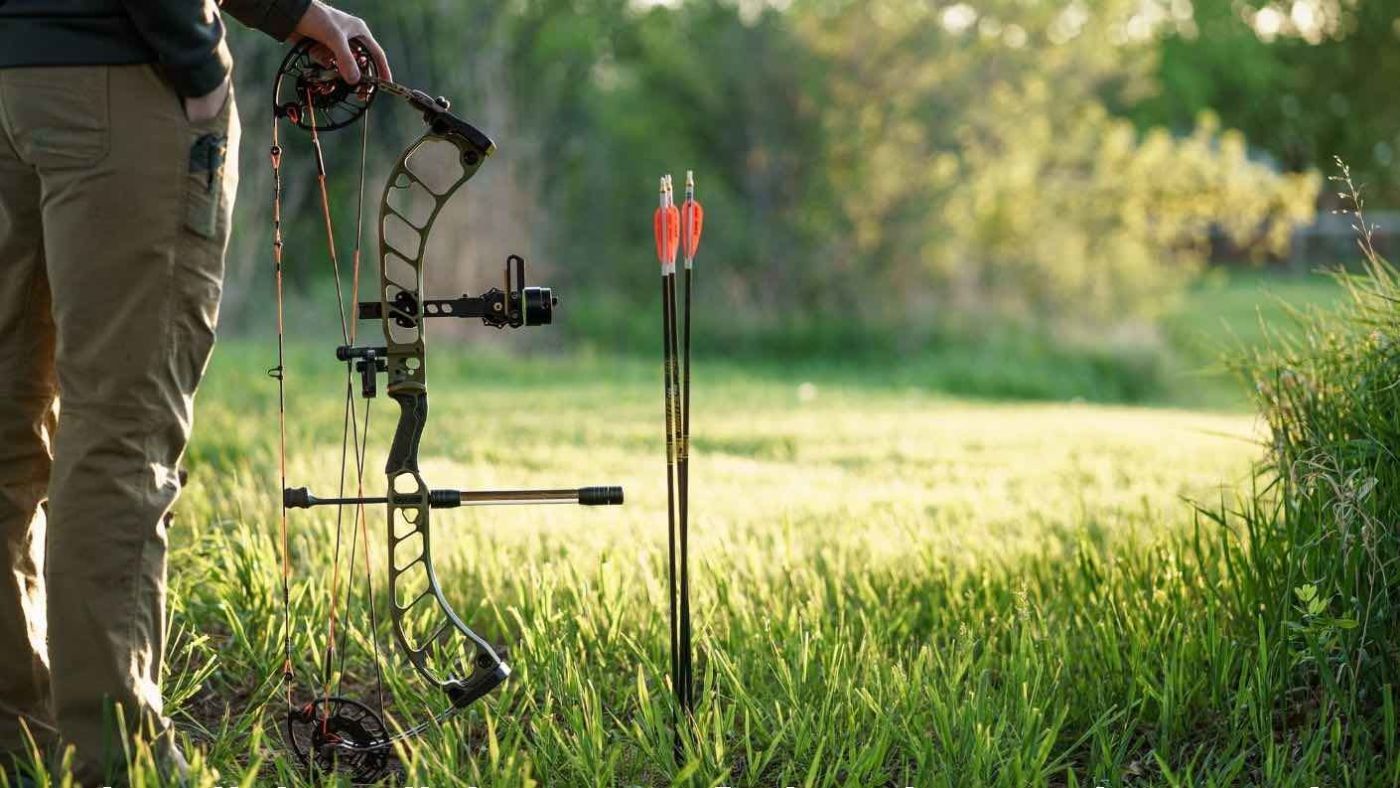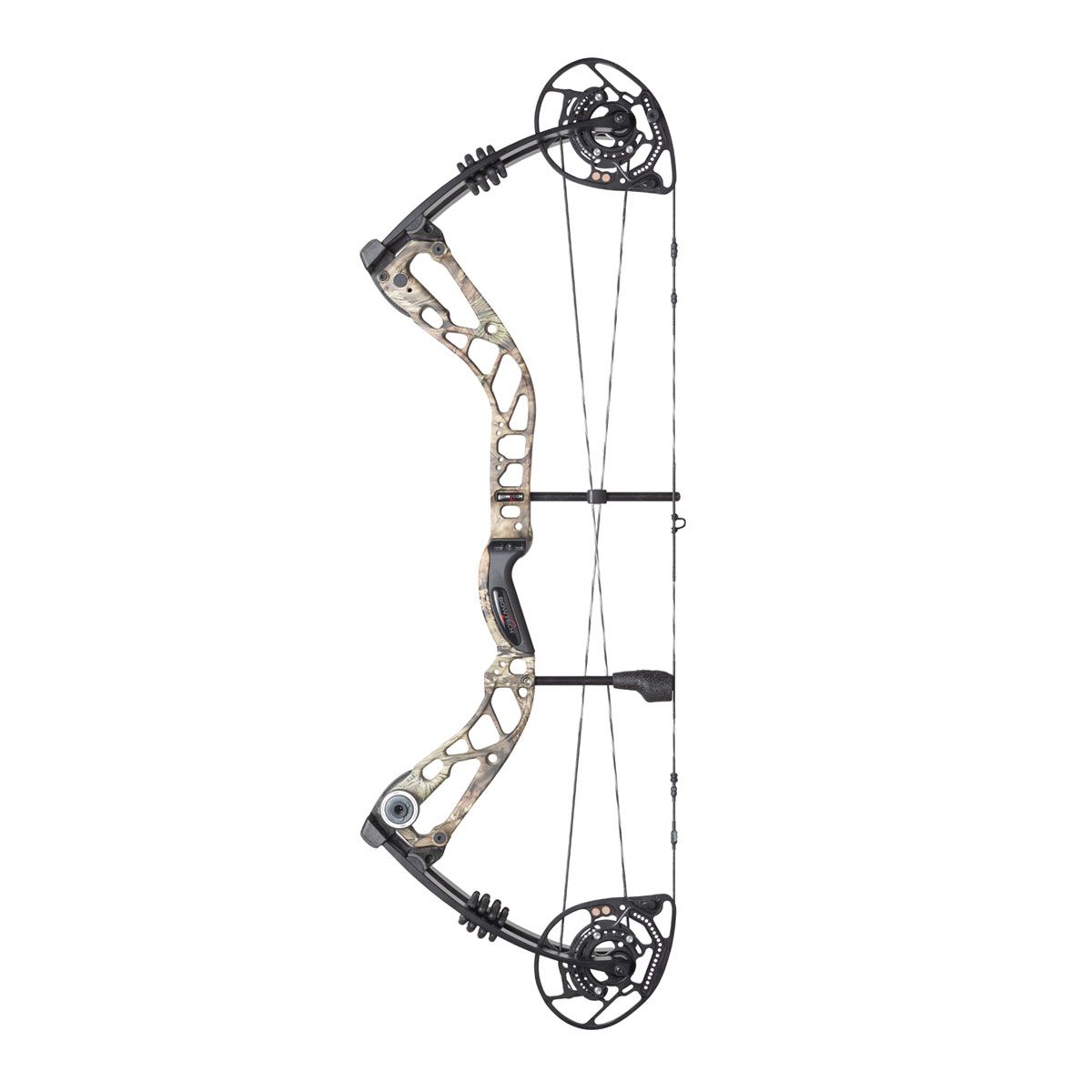Release Your Complete Potential with the most up to date Bow Stabilizer Innovations
Release Your Complete Potential with the most up to date Bow Stabilizer Innovations
Blog Article
Optimize Your Archery Precision With These Bow Stabilizer Strategies
One essential element that can substantially impact your performance is the proper application of bow stabilizers. Whether you are a seasoned archer looking to refine your skills or a novice anxious to boost your accuracy, mastering these bow stabilizer strategies can be the trick to hitting your mark with unparalleled uniformity.
Advantages of Utilizing Bow Stabilizers
Utilizing bow stabilizers can significantly enhance an archer's accuracy and general efficiency by reducing bow torque and resonance. Bow torque, brought on by the unequal distribution of weight in the bow, can lead to variances in shot positioning. By attaching a bow stabilizer, the weight is redistributed, lowering the impacts of torque and aiding the archer achieve a more consistent shot. In addition, bow stabilizers moisten vibration, which not only boosts the convenience of capturing but likewise stops the bow from leaping upon release, thus assisting in preserving proper objective.
In addition, bow stabilizers can aid in holding the bow constant, specifically during windy conditions or when shooting from longer ranges. The included weight at the front of the bow supplies stability and balance, allowing the archer to focus on intending without the diversion of bow activity. In general, the advantages of using bow stabilizers expand beyond just precision, improving the archer's experience and efficiency in various shooting situations.
Picking the Right Bow Stabilizer
Picking the appropriate bow stabilizer is essential for enhancing your archery equipment and boosting shooting performance. When picking a bow stabilizer, there are several elements to think about to ensure you discover the ideal fit for your demands. To start with, think about the weight of the stabilizer. Heavier stabilizers can help in reducing bow torque and absorb more resonance, resulting in a steadier purpose. Lighter stabilizers supply more maneuverability, which can be beneficial in particular shooting situations.

Finally, take into consideration the design of the stabilizer. Some stabilizers feature flexible weights or dampeners that enable you to personalize the balance and feeling of your bow. Inevitably, selecting the ideal bow stabilizer involves discovering an equilibrium between weight, style, size, and product to improve your capturing precision and general efficiency.
Proper Installment Strategies
To make certain optimal efficiency and safety in archery, understanding appropriate installment methods for your bow stabilizer is crucial. The primary step in mounting a bow stabilizer is to identify the appropriate positioning on your bow. A lot of stabilizers are attached to the front of the riser, below the grip, to aid counterbalance the weight of accessories such as sights and quivers. Guarantee that the stabilizer is not interfering with other parts or hindering your capturing kind.
Next, firmly connect the stabilizer to the bow using the appropriate installing equipment. It is vital to tighten up the stabilizer well to stop any wobbling during shots. Some stabilizers include flexible weights that site that can be added or removed to adjust the balance of your bow. Try out different weight configurations to find the optimum balance that matches your capturing design.

Adjusting Stabilizer Weight and Size
After making certain the proper setup of your bow stabilizer, the next action involves changing the weight and length to maximize its performance in improving archery accuracy. The weight of the stabilizer plays a vital function in minimizing bow activity throughout the shot cycle.
A longer stabilizer can supply better stability by enhancing the distance in between the bow and the weight this page at the end of the stabilizer. Conversely, a shorter stabilizer supplies more maneuverability and might be liked by archers who value agility and quick activities during shooting.
Advanced Stabilizer Tuning Tips
Attaining optimum bow stability and accuracy in archery requires a nuanced method to sophisticated stabilizer adjusting. Advanced stabilizer adjusting includes fine-tuning different components to enhance the bow's equilibrium, lower vibration, and enhance general precision.
Another vital facet of innovative stabilizer tuning is enhancing the damping residential properties of the stabilizer system. This can be accomplished by including additional wetting accessories such as rubber dampeners or harmonic stabilizers to additionally minimize vibration and noise. Checking out different products for the stabilizer building, such as carbon fiber or aluminum, can likewise affect the bow's efficiency by modifying its weight distribution and rigidity. By meticulously fine-tuning these innovative stabilizer elements, archers can maximize their accuracy and uniformity on the variety or in competitors.
Verdict
In verdict, taking full advantage of archery accuracy can be attained with the correct selection, installment, and modification of bow stabilizers. Overall, including bow stabilizers into archery technique can lead to improved efficiency and raised precision.
Utilizing bow stabilizers can significantly boost an archer's accuracy and overall performance by lessening bow torque and vibration. Longer stabilizers provide higher security and balance, especially for long-distance capturing, while shorter stabilizers provide more adaptability and are easier to maneuver in limited spaces (bow stabilizer). Carbon fiber stabilizers are durable and light-weight, while aluminum stabilizers are robust and supply excellent resonance dampening
A longer stabilizer can provide higher stability by raising the distance Web Site in between the bow and the weight at the end of the stabilizer.An additional vital aspect of advanced stabilizer tuning is optimizing the damping buildings of the stabilizer system.
Report this page